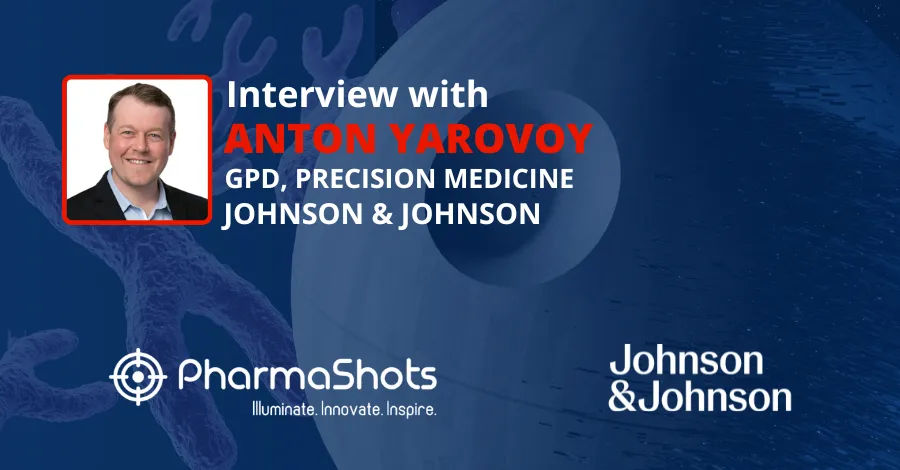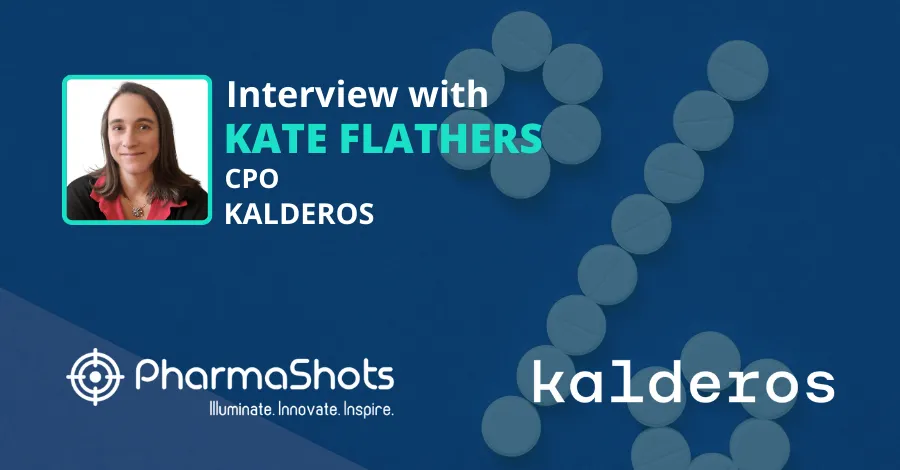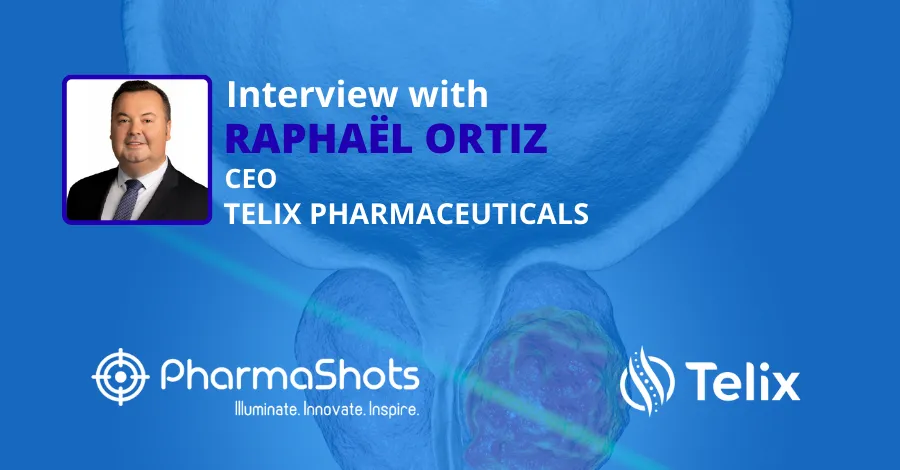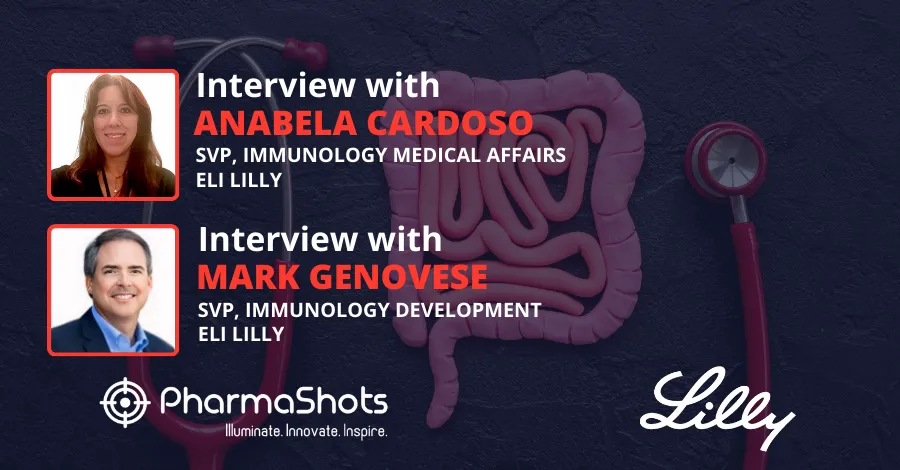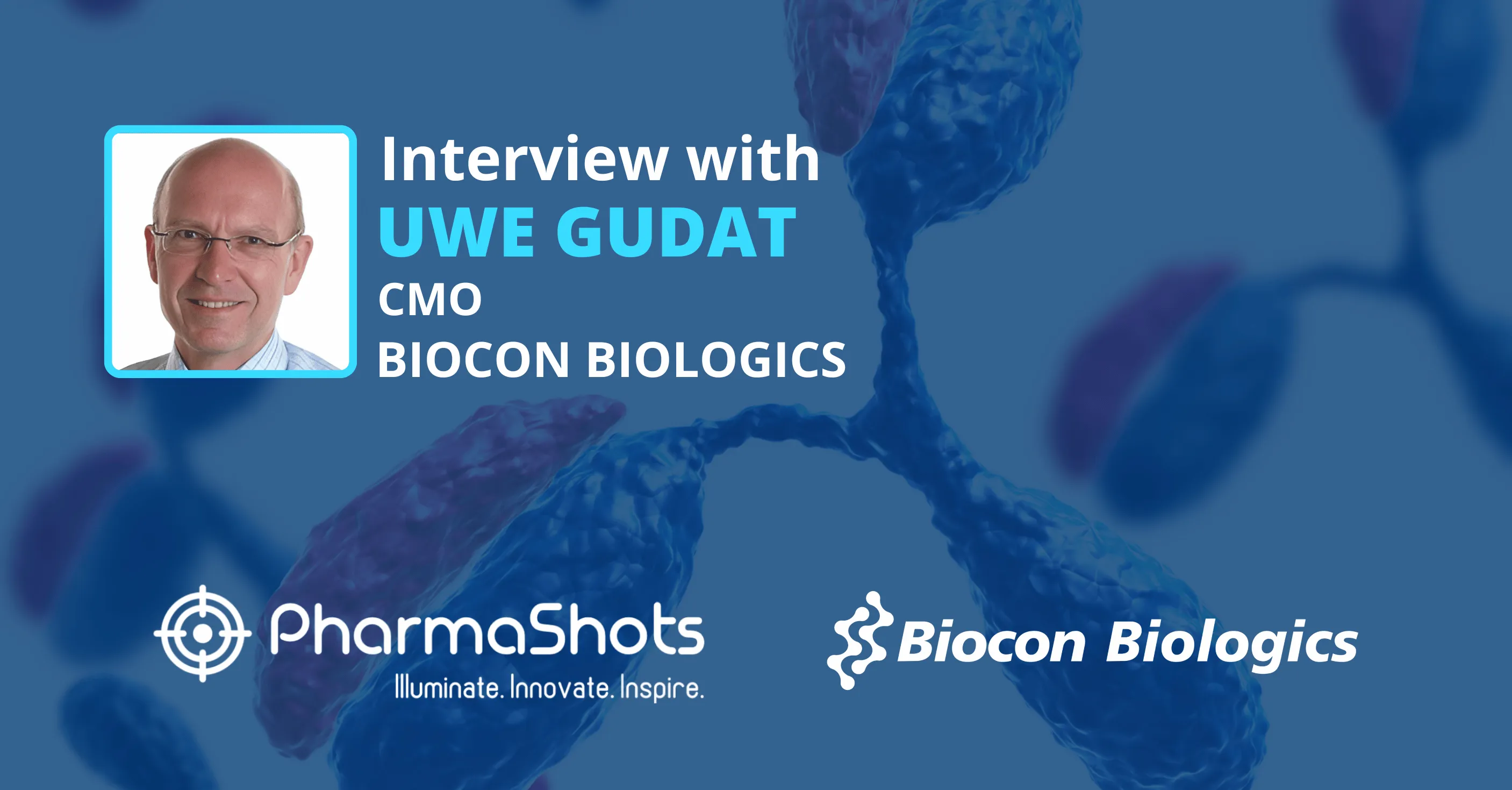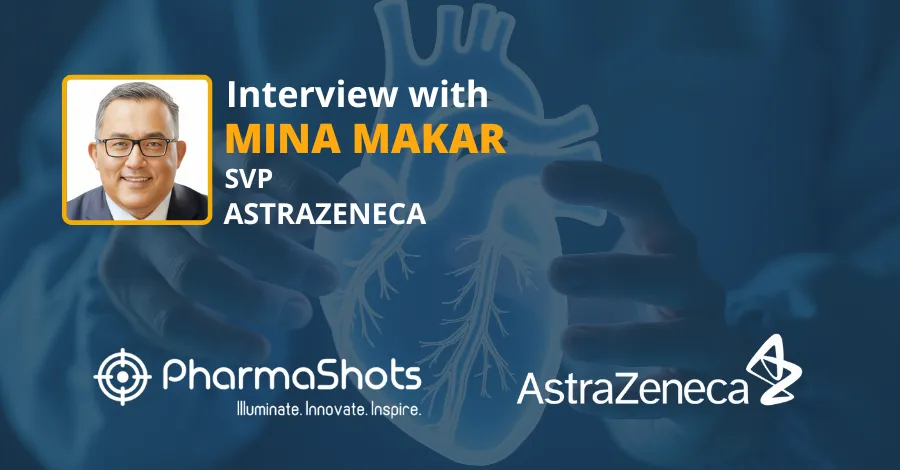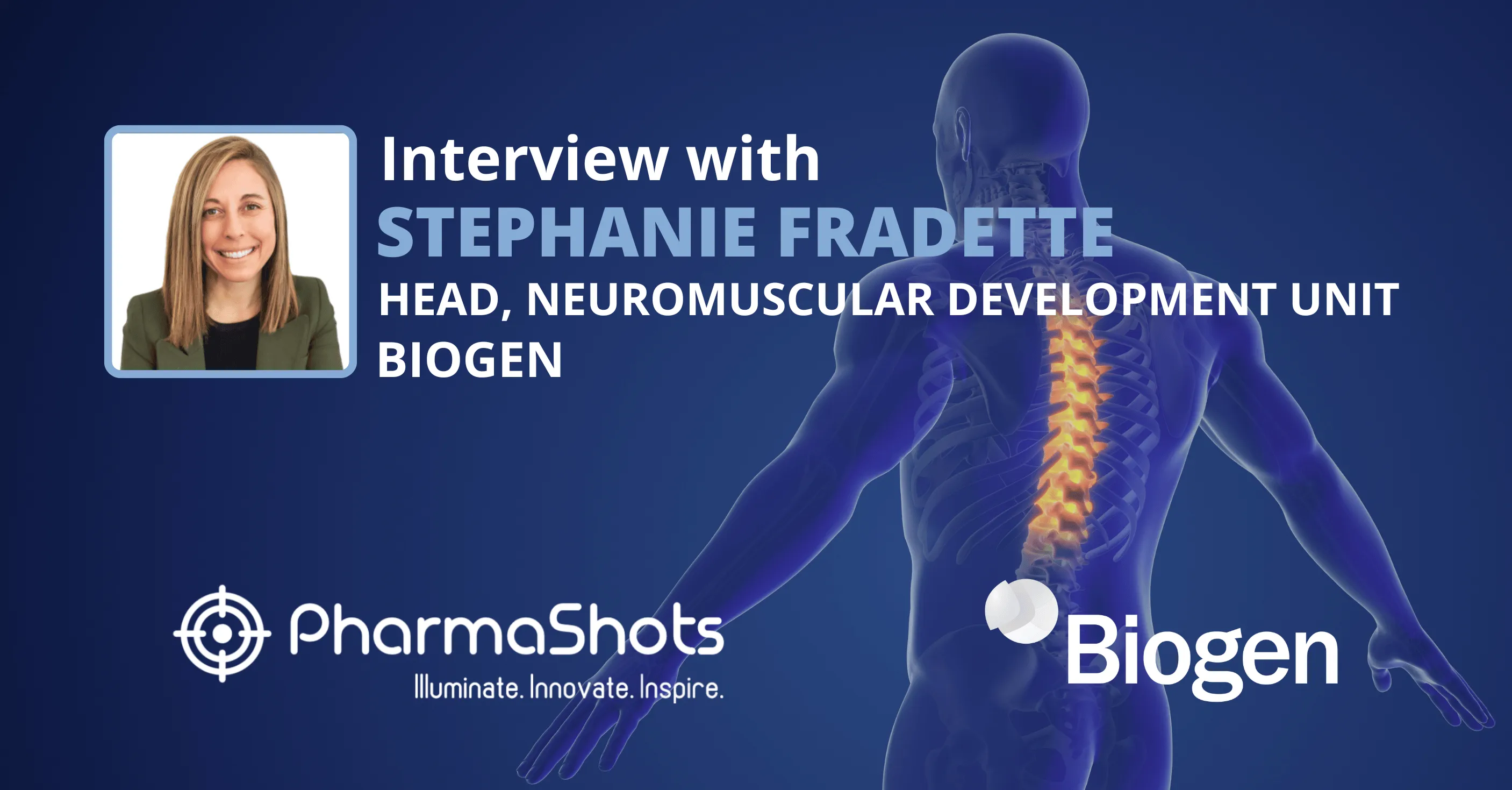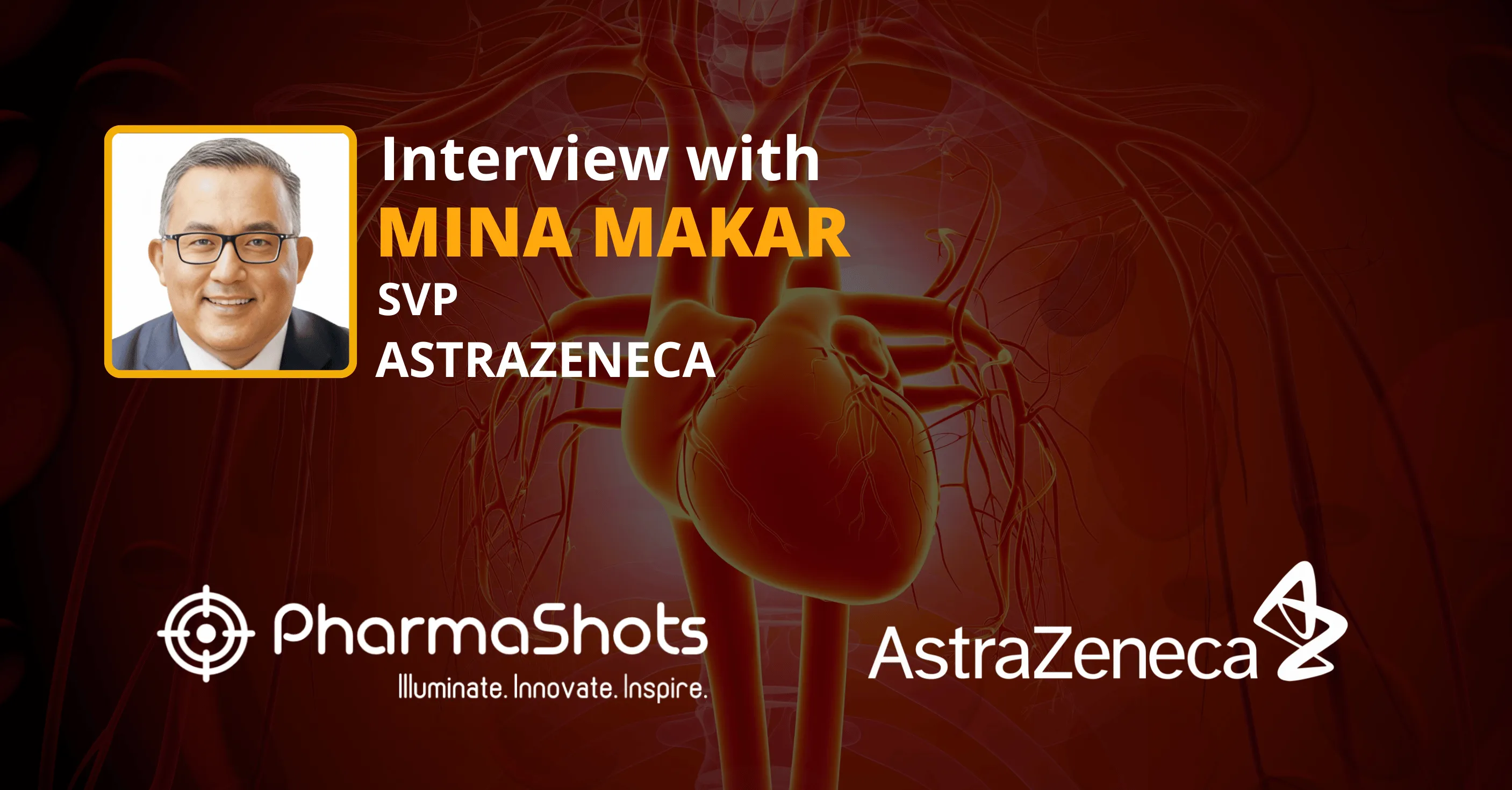
Fund Raising Initiative: Yelak Biru from International Myeloma Foundation in Conversation with PharmaShots
Shots:
-
As a fund-raising initiative, the International Myeloma Foundation began a 3-day, 2-night cycling expedition from Aug 29thto Sep 3rd
-
The initiative supports patient education, advocacy, and next-gen research to advance a cure for multiple myeloma
-
Today, at PharmaShots we have Yelak Biru, President and CEO of the International Myeloma Foundation, shedding light on this fund-raising initiative
Saurabh: Could you explain what myeloma is and how it affects the body?
Yelak: In simplest terms, multiple myeloma is a blood cancer that affects a person’s plasma cells. When plasma cells become malignant, they can become myeloma cells. These myeloma cells build up in a person’s bone marrow. That’s why multiple myeloma is sometimes thought of as bone marrow cancer.
Multiple myeloma can affect so many parts of a person’s body. A major characteristic of multiple myeloma is its effect on the bones. A myeloma patient’s spine, pelvic area, and the area around the hips and the shoulders can be impacted because the bone marrow in these bones is affected. For this reason, myeloma patients may experience fractures and live with bone pain in various parts of their body. The myeloma cells can grow outside of the bone marrow in the soft tissue and cause tumors called plasmacytomas.
Multiple myeloma also impacts bone marrow cells. With bone marrow cell growth, red blood cells, white blood cells, and platelet production may decrease. As a result, patients like me may have anemia or be more prone to develop infections.
Also, multiple myeloma can lead to infection because of its effect on the immune system. Healthy plasma cells are really an important part of our immune system. The body’s immune system produces fewer antibodies because of the presence of myeloma cells.
With fewer antibodies, myeloma patients like me are more susceptible to infections.
And finally, myeloma cells can cause kidney dysfunction or even failure, that can lead to dialysis for some people.
So, for a multiple myeloma patient, we are concerned with how the disease affects our bones, our kidneys, our blood, and our immune system.
Saurabh: What inspired the IMF to organize the Iceland Cycling Expedition, and how does this event support myeloma research and awareness?
Yelak: What drew us to Iceland is the International Myeloma Foundation has been conducting research in this country since 2016 through our Black Swan Research Initiative. That research is the project iStopMM, which stands for Iceland Screens, Treats, or Prevents Multiple Myeloma.
Members of the IMF team have traveled to Iceland to work alongside the project’s Principal Investigator Dr. Sigurður Yngvi Kristinsson at the University of Iceland and the deCODE Genetics facility, which is linked to the University.
So, you may be wondering, why Iceland? We didn’t choose to conduct research in this country for its breathtaking landscapes, but that certainly is an added draw for us when it comes to planning this cycling expedition.
The facility in Iceland, deCODE Genetics, has performed full genetic sequencing for the population of the whole country. Because of the foundation that the deCODE Genetics facility has built in Iceland, researchers were especially interested in studying the population there. deCODE Genetics’ efforts benefit researchers by allowing them to discover potential causes as well as predisposing or risk factors of myeloma.
Other reasons that Iceland has been a wonderful place to conduct promising research is 1) its population is not too large; 2) Icelanders tend to be very responsive to public health efforts; 3) the country has electronic medical records stored from a person’s birth to the end of their lives; 4) most Icelanders have had blood testing performed so their samples are already available; and 5) Because the population of Iceland is fairly homogenous, they can be studied as a group.
The Iceland Cycling Expedition was a natural fit. As mentioned, the project’s Principal
Investigator is Dr. Sigurður Yngvi Kristinsson, and he happens to be an avid cyclist.
So, by drawing attention to Iceland, we are in turn building awareness of the IMF’s iStopMM Study, which is the world's largest and longest longitudinal research study to screen, treat, and prevent myeloma.
Saurabh: Why has the IMF chosen Iceland for the cycling expedition? And why choose cycling over any other sport?
Yelak: I alluded to this in my answer to the previous question: Iceland is simply breathtaking. In our work there, IMF team members have been in awe of the country also known as the Land of Fire and Ice. It is located in a less traveled area of Earth, south of the Arctic Circle and on top of one of the ocean’s warmest regions. This unique geography lends itself to raw and diverse landscapes from glaciers, volcanoes, rivers, mountains, and more.
But we’re not just seeking the beautiful scenery. The rugged terrain of Iceland is analogous with the rugged determination it takes for researchers to pursue something as lofty as preventing cancer, as the iStopMM researchers are undertaking. It takes courage, consistency, and hope.
Courage, consistency, and hope is what is also demanded of cancer patients like me. Now I won’t be cycling, but some of my fellow patients will be riding alongside healthcare professionals and the expedition’s cycling leader, Dr. Sigurður Yngvi Kristinsson.
We chose cycling because of Dr. Kristinsson’s passion. Also, because it is low impact. With their doctor’s clearance, multiple myeloma patients can benefit from this cardiovascular activity. Also, these cyclists will not be alone there. Traveling alongside them will be support vehicles, tour guides, and a few IMF staff members.
Saurabh: Can you explain how the funds raised by the cyclists will directly support advancements in myeloma research?
Yelak: The funds raised by these cyclists will go directly towards the IMF research project iStopMM. The study is truly groundbreaking.
The goal of iStopMM has been to screen a segment of the population of Iceland for the presence of MGUS — the precursor state to smoldering multiple myeloma (SMM) — or for the presence of active myeloma.
So far, it has determined the following:
1. With early screening for myeloma, iStopMM was able to catch the disease early in its course. It has also identified more patients with smoldering myeloma than expected.
2. Patients whose disease is detected early are less likely to be suffering from complications such as anemia, bone disease, and/or kidney dysfunction. These patients may be treated earlier without having to contend with some of the later- stage disease issues.
3. The financial burden on patients and insurers to cover the costs of imaging scans for bone disease or testing for kidney health concerns is lessened when the disease is detected earlier.
4. Patients with MGUS or smoldering multiple myeloma (SMM) are predisposed to other medical issues such as heart problems, nerve problems, or kidney problems. For patients diagnosed early, their healthcare practitioners can adjust their ongoing care as soon as possible, thereby improving quality of life concerns.
The iStopMM study continues to explore many aspects of the disease. As iStopMM moves forward, it will examine different aspects of myeloma as well as the psychological effects of screening for MGUS.
Yet, we are still early in this research. There is still so much to learn by diagnosing patients sooner in the disease course and intervening early. We hope to learn more about the benefits of this research if we can continue to fund it successfully.
Saurabh: Can you tell me about some of the current unmet needs or gaps in myeloma treatment and how the IMF is addressing these issues?
Yelak: There are numerous unmet needs and gaps in myeloma treatment that we must address.
I’ll touch on some of the key ones.
Fortunately, the IMF has played a significant role in accelerating drug development. Today, myeloma patients have access to a range of therapies, including proteasome inhibitors, immunomodulatory drugs, and monoclonal antibodies.
However, despite these options, multiple myeloma patients can develop resistance to treatment. That’s why the IMF is committed to advancing drug development to help patients overcome this resistance.
Multiple myeloma is typically marked by cycles of remission and relapse, with the disease becoming more aggressive and harder to treat after each relapse. The IMF is working hard to ensure that new therapies provide longer-lasting remissions and improve survival rates.
This challenge is particularly significant for patients with high-risk disease. These patients often have fewer treatment options and worse outcomes. We need more personalized
treatment options tailored to the aggressiveness of each patient’s myeloma.
Every available drug has side effects, and we aim to make treatments both effective and tolerable, especially for elderly or frail patients. While multiple myeloma can affect younger individuals, it is most diagnosed in those over 60. These patients, who may also have other health conditions, require treatments that are easier to tolerate.
One of the biggest unmet needs is ensuring access to these treatments. How do we get them to the people who need them most, both in the United States and globally?
The IMF is addressing this challenge through its four pillars: Research, Education, Support, and Advocacy.
We fund myeloma research, including more than 50 cure-focused projects worldwide through our Black Swan Research Initiatives. These projects are paving the way for new treatments for multiple myeloma.
Recently, IMF leadership, along with members of the i2TEAMM collaborative research group, presented at the Oncologic Drug Advisory Committee (ODAC) meeting, a specialized group under the U.S. Food and Drug Administration (FDA).
Thanks to the IMF’s efforts, ODAC voted unanimously (12-0) to use minimal residual disease (MRD) as an early endpoint for accelerated approval in multiple myeloma clinical trials. This decision allows the FDA to approve new myeloma drugs more quickly.
Traditionally, myeloma drug approvals have taken 9-12 years and required a progression- free survival of 5-8 years. With MRD testing as an early endpoint, researchers can predict progression-free and overall survival more reliably for multiple myeloma patients.
This achievement by the IMF is a major win for the myeloma community, as it accelerates drug approvals and closes treatment gaps for all patients.
Beyond research, we also educate, support, and advocate for patients.
Our education arm provides hundreds of free booklets in the U.S. and around the world, covering various drug treatments and translated into over 20 languages. It also includes the M-Power Project, which I’ll discuss further in response to your next question.
Our support arm meets patients where they are located. We facilitate more than 160 support groups in North America and have a Spanish-language group, Las Voces de Mieloma, to serve often-underserved Hispanic American communities. We also offer a toll- free InfoLine, where anyone can ask about multiple myeloma, and our trained Information Specialists are ready to assist.
Finally, we advocate on several fronts. Two major initiatives are our efforts on oral parity and health equity.
The IMF supports state and federal efforts to ensure that oral chemotherapy drugs have the same out-of-pocket costs as intravenous chemotherapy administered by a physician.
Imagine how much a patient’s quality of life improves when they can take a pill at home rather than undergo an infusion at a cancer center.
Regarding health equity, we aim to ensure that traditionally underserved populations, such as African Americans, gain access to clinical trials. We advocate for clinical trial eligibility criteria that reflect diverse populations and support the coverage of indirect costs (e.g., transportation, childcare, clinical navigation) to facilitate participation.
Saurabh: Could you tell me more about the M-Power Project and how it aims to improve myeloma care for African Americans?
Yelak: The IMF’s Chief Medical Officer Dr. Joseph Mikhael, who heads up our M-Power Project, often talks about the lack of access of African American and Hispanic American
populations to the 4 T’s. Dr. Mikhael defines these 4 T’s as Triplets (drug combinations), Transplant (stem cell transplants), CAR T-cell therapy, and Clinical Trials. The IMF’s M- Power Project aims to improve access to these 4 T’s for underserved populations.
The program is built on three pillars of community: ENGAGEMENT, primary care EDUCATION, and patient care ENHANCEMENT.
The IMF’s M-Power Project educates and engages multiple stakeholders to tackle this problem. These stakeholders include the government, the Food and Drug Administration (FDA), industry, academic centers, investigators, healthcare teams, patient organizations, the public, and underrepresented communities.
We are providing links between silos in the greater healthcare system while also raising awareness and improving education for both patients and healthcare providers.
Saurabh: What efforts is the IMF making to enhance access to myeloma therapies in developing countries, and why is this an important focus for the foundation?
Yelak: The International Myeloma Foundation (IMF) is deeply committed to ensuring equitable access to myeloma treatments worldwide. Recognizing the significant disparities in care between developed and developing nations, the IMF has implemented several initiatives
through its Global Myeloma Action Network (GMAN), the Asia Myeloma Network (AMN), and the Latin American Myeloma Network (LAMN).
Key efforts include:
-
Advocacy and Policy Engagement: The IMF works closely with GMAN, AMN, and LAMN to advocate for policies that support access to affordable myeloma therapies in developing countries. This includes collaborating with governments, healthcare providers, and pharmaceutical companies to reduce treatment costs and improve patient coverage.
-
Capacity Building: The IMF supports the capacity building of local patient organizations to strengthen their advocacy efforts and improve patient care. Through training and education programs, these organizations are empowered to address the unique challenges faced by myeloma patients in their respective regions.
-
Awareness and Education: Raising awareness about myeloma and its treatment options is crucial for early diagnosis and access to care. The IMF, in collaboration with GMAN, AMN, and LAMN, conducts extensive outreach and educational campaigns to inform patients, healthcare providers, and policymakers about the disease and available treatments.
-
Patient Support and Networking: By connecting patients and caregivers through support groups and online communities, the IMF fosters a sense of community and provides emotional support. These platforms also serve as valuable resources for information sharing and advocacy.
The importance of this focus stems from the following:
-
Health Equity: Ensuring equitable access to myeloma treatments is a fundamental principle of healthcare. By addressing disparities, the IMF contributes to improving the lives of patients worldwide.
-
Global Impact: Myeloma is a global disease, and collaboration between different regions is essential for advancing research and treatment. By strengthening patient organizations and networks, the IMF fosters a global community dedicated to finding a cure.
-
Humanitarian Imperative: Many patients in developing countries lack access to life-saving treatments, leading to poorer outcomes. The IMF's efforts to improve access to care align with its mission of enhancing the quality of life for myeloma patients.
Through these initiatives, the IMF is making significant strides in bridging the gap in myeloma care between developed and developing countries, ultimately improving the lives of countless patients.
Image Source: Canva
About the Author:

Yelak Biru
Yelak is a Patient, and the International Myeloma Foundation’s President & CEO. Yelak Biru drives the organization’s mission of improving the quality of life of myeloma patients while working toward prevention and a cure. He sees his role as a way “to pay it forward and carry the baton as far and as fast as possible so those who come after me, those who come after us, can go even further.”
Diagnosed with multiple myeloma at the young age of 25, Yelak has lived with the disease for more than two decades. His journey as a patient brought him to the IMF, first in support groups and then as a member of the organization’s Board of Directors.
With his leadership, the IMF has continued to conduct more than 50 ongoing research studies worldwide, to foster support and education for patients and caregivers, to advocate for equitable healthcare access, and to enhance alliances around the globe. His vision is “to find a cure for myeloma so no one dies from the disease by the year 2035.”
Related Post: ATS 2024: Robert Fogel, Janet Franklin, and Dave Singh from AstraZeneca & Amgen in Conversation with PharmaShots
Tags

Saurabh is a Senior Content Writer at PharmaShots. He is a voracious reader and follows the recent trends and innovations of life science companies diligently. His work at PharmaShots involves writing articles, editing content, and proofreading drafts. He has a knack for writing content that covers the Biotech, MedTech, Pharmaceutical, and Healthcare sectors.




